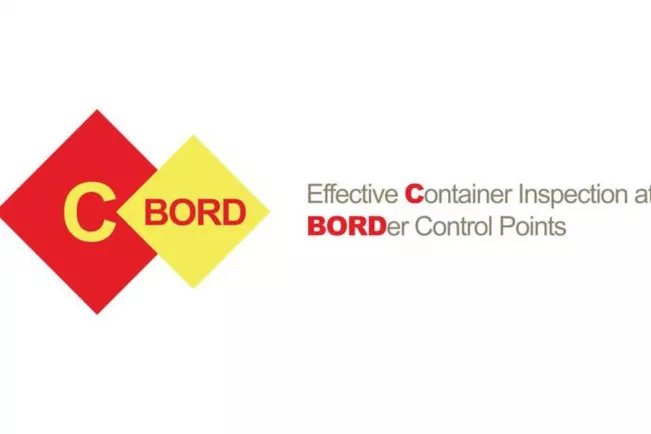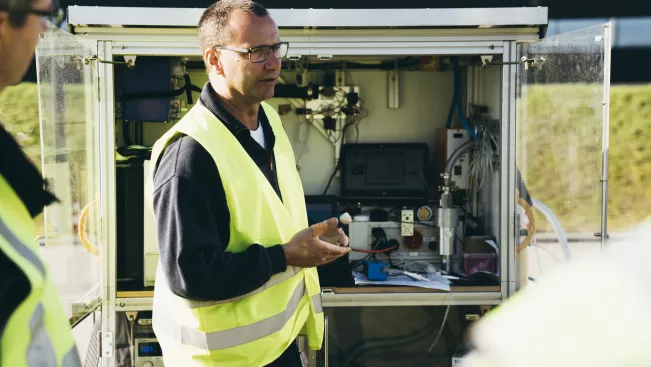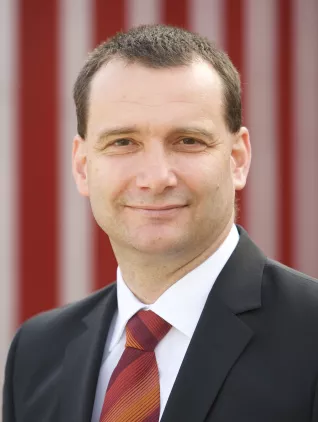C-BORD

Forschungsprojekt im Überblick

Fachbereiche und Institute
Förderungsart
Zeitraum
01.06.2015 to 01.12.2018
Website
Projektbeschreibung

Efficient NII (non-intrusive inspection) of containerized freight is critical to trade and society since freight containers are potential means for smuggling, drug trafficking, and transport of dangerous / illicit substances. NII technologies used today cannot cope with all targets under all circumstances with equivalent efficiency.
The C-BORD project develops five technology pillars to enable next generation container NII at EU sea and land borders and brings them to a live field trial in three use cases under real conditions at different border control points to proof capability.
A C-BORD Toolbox and Framework helps customs to analyse needs for container NII, design integrated NII solutions, optimize the interdiction chain and provide a systemic response to key functional, practical, logistical, safety and financial questions to support deployment
Within 18 cooperation partners the research group lead by Prof. Dr. P. Kaul and Prof. Dr.-Ing. N. Jung will engage in Evaporation Based Detection for volatile chemicals that may be present in a container. These detection technologies are expected to complement X-ray imaging.
Ergebnisse
The overall aim of C-BORD is to increase detection of illicit or dangerous material in containerized freight and deliver new capabilities against critical operational requirements and constraints which include:
- Increased throughput of containers per time unit
- Reduced need for costly, time-consuming and dangerous manual container inspections
- Lower false negative and false positive alarm ratios
- Operationally significant health & safety, logistics, cost and benefits issues


